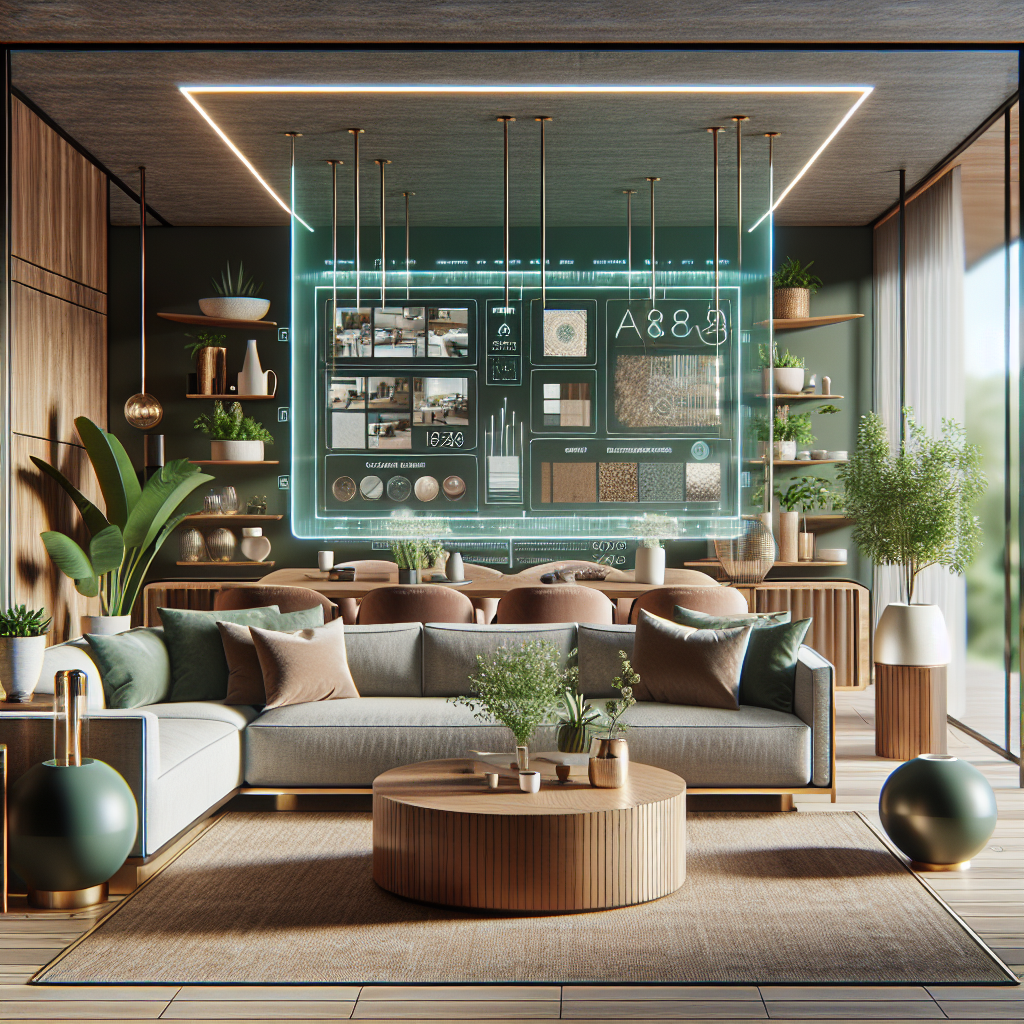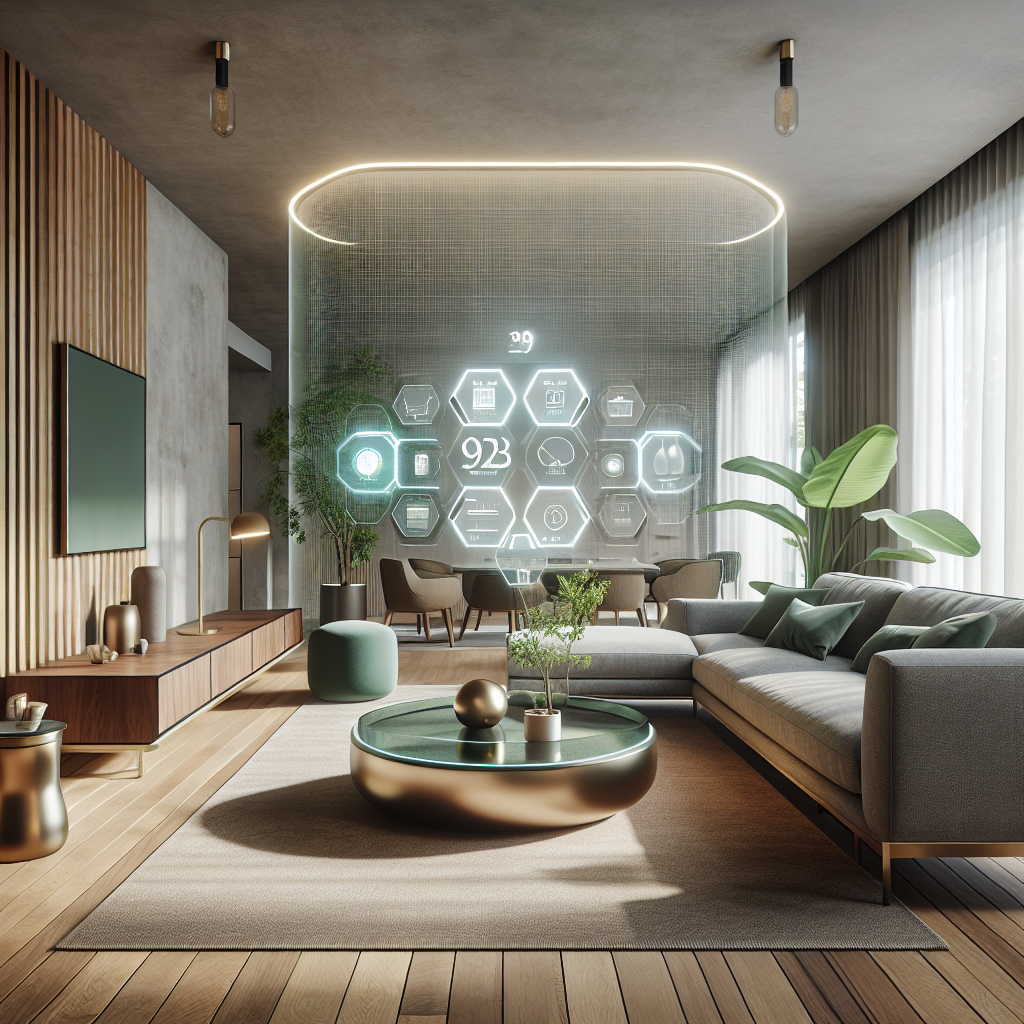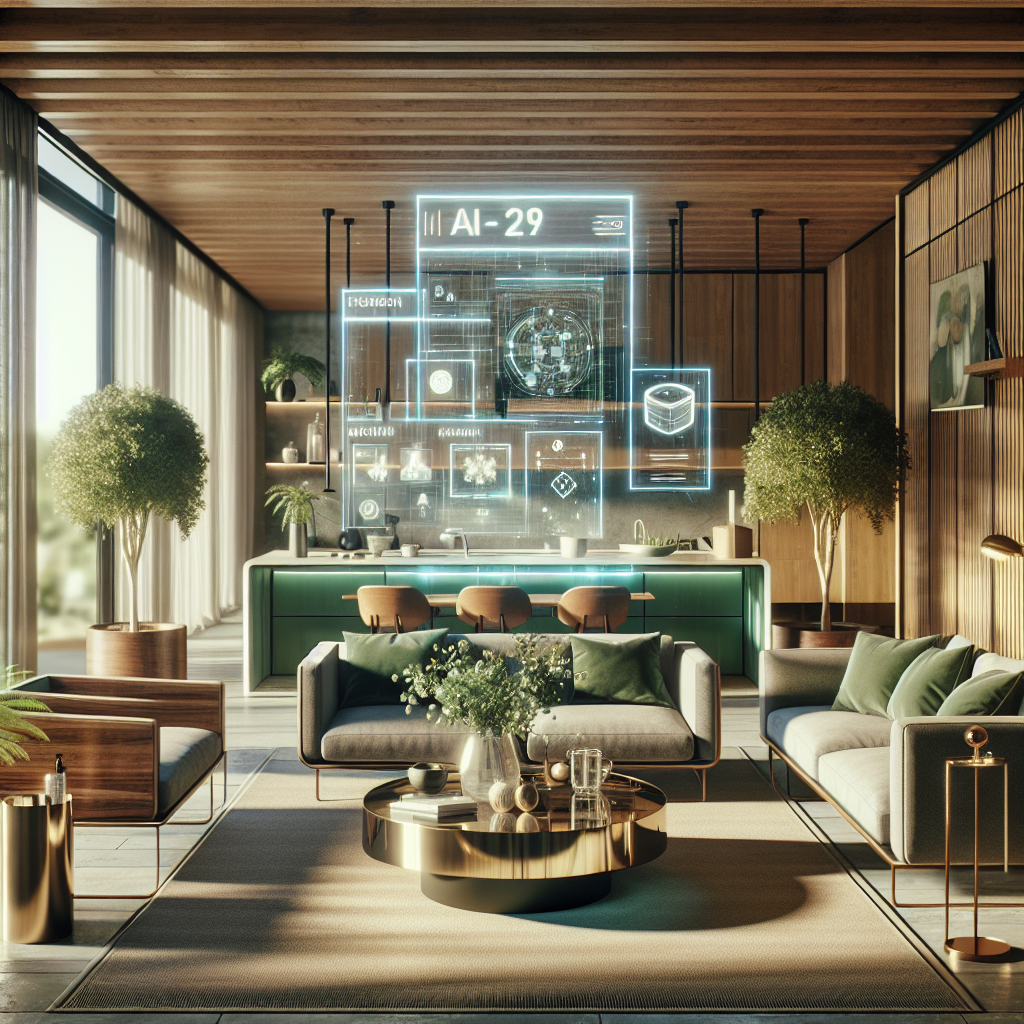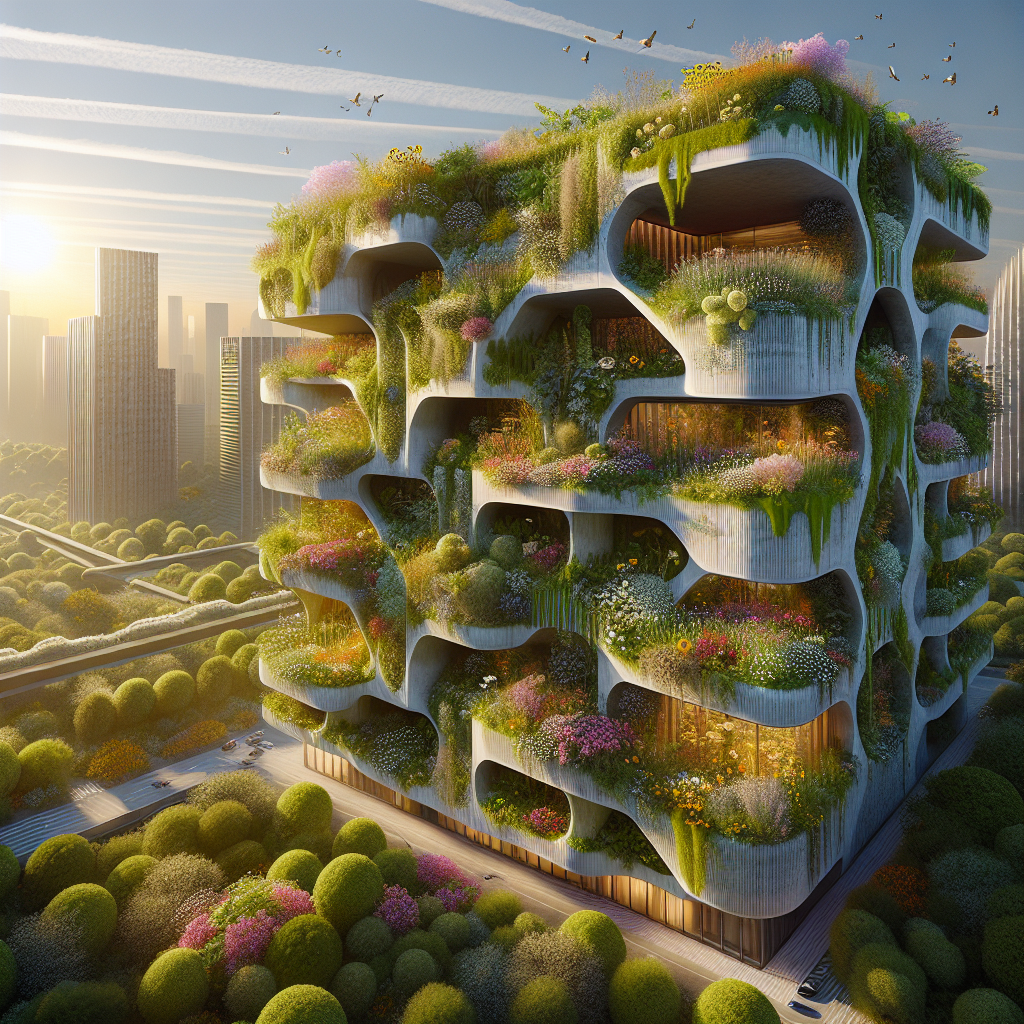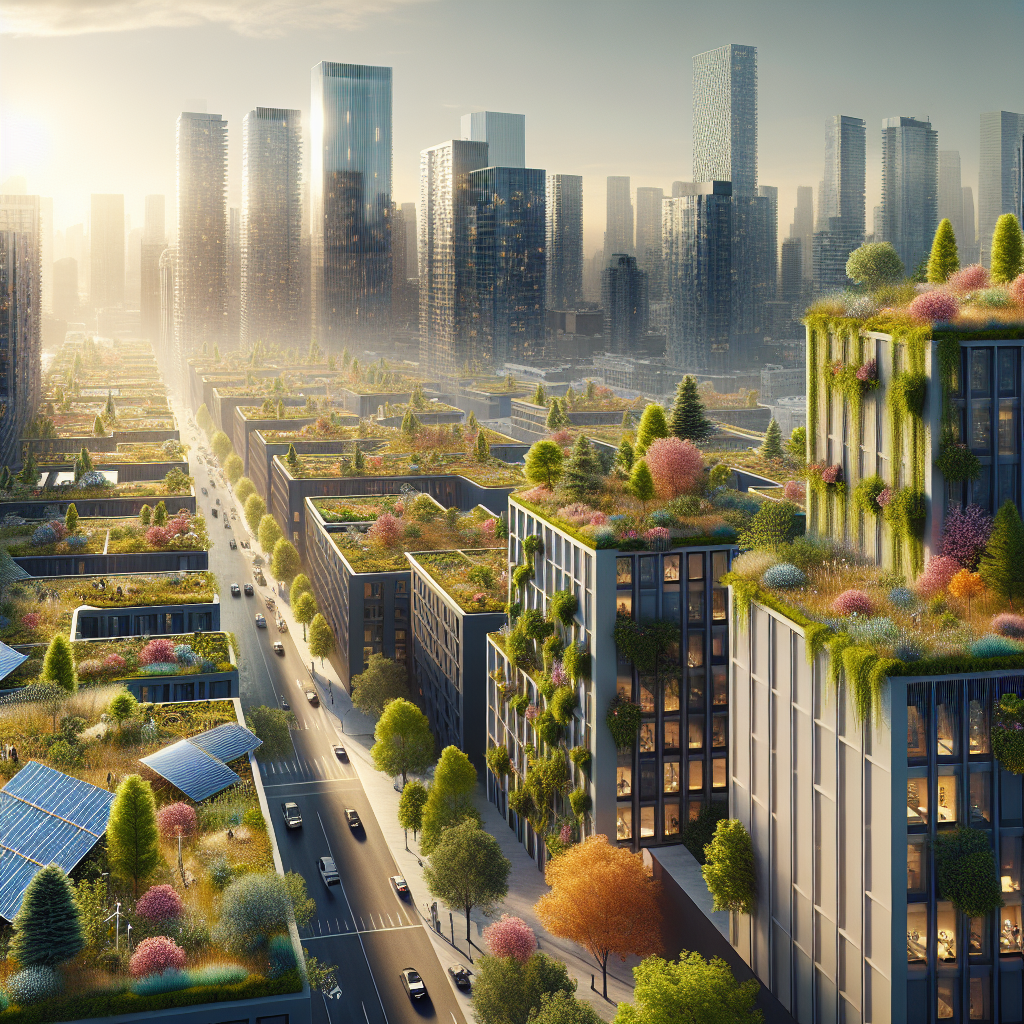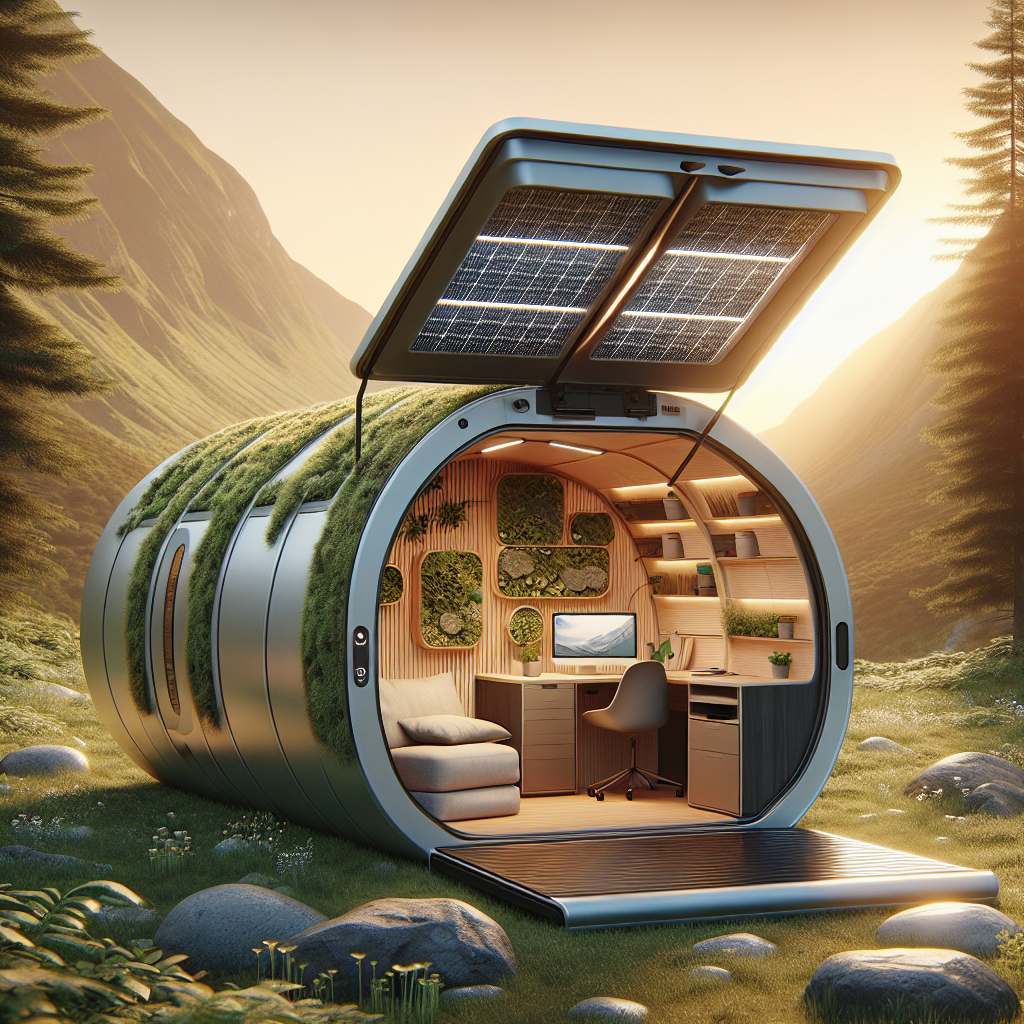AI Interior Designers: Can Algorithms Personalize Your Home?
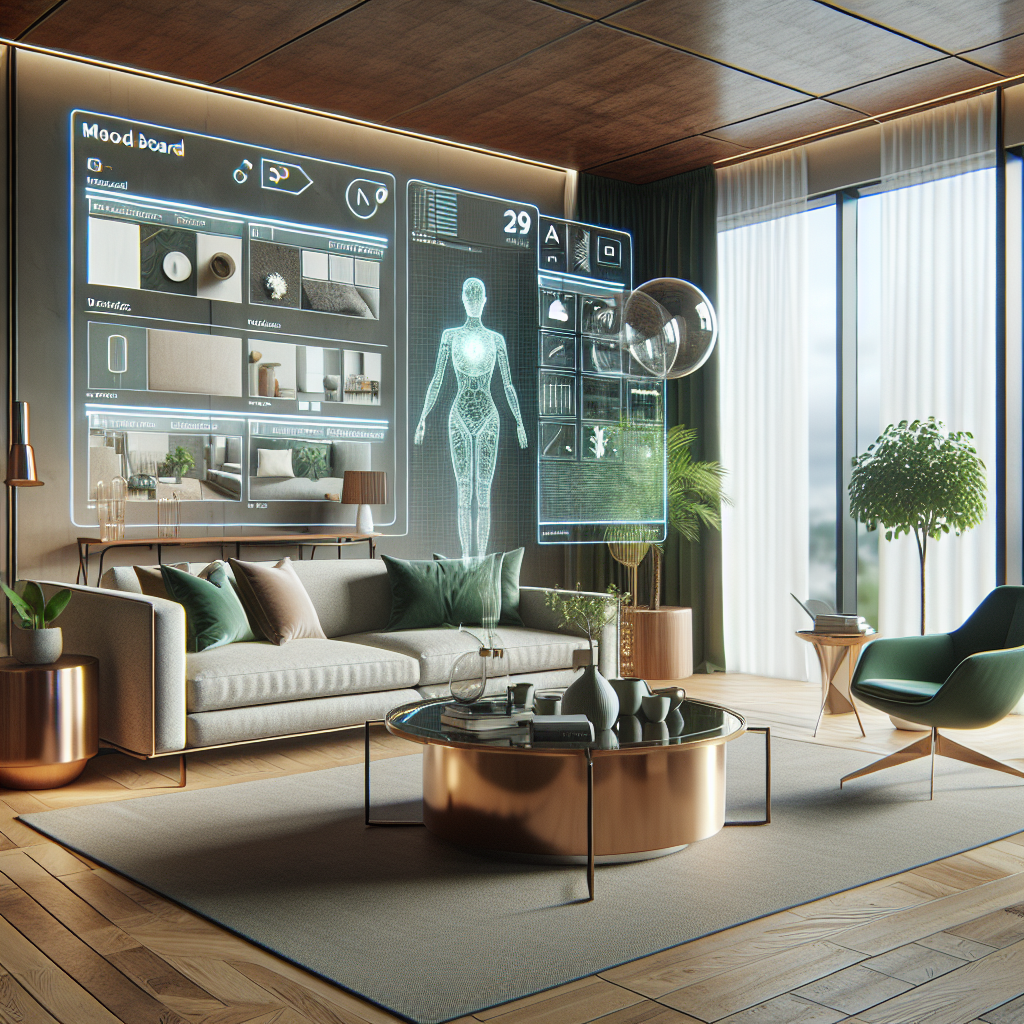
AI Interior Designers: Can Algorithms Personalize Your Home?
In the past decade, the design world has witnessed a quiet but profound revolution. Artificial intelligence—once confined to the realms of data science and robotics—has entered the intimate sphere of our homes. From algorithm-driven mood boards to generative layouts that respond to lifestyle patterns, AI interior design is no longer a futuristic fantasy. The question that now lingers in design studios and living rooms alike is whether algorithms can truly capture the nuances of personal taste, cultural context, and emotional resonance that define great interiors.
The Rise of Algorithmic Interiors
Interior design has always been a deeply human pursuit, rooted in craftsmanship, intuition, and cultural storytelling. Yet, as digital tools evolve, the discipline is increasingly shaped by artificial intelligence in architecture and design. Platforms such as Modsy, Planner 5D, and Houzz’s AI-powered tools now offer users the ability to visualize spaces instantly, generating layouts and furnishing suggestions based on uploaded photos or lifestyle questionnaires. According to a 2024 report by Allied Market Research, the global AI in interior design market is projected to grow at a CAGR of over 20% through 2030, signaling a strong appetite for data-driven personalization.
What distinguishes AI from traditional digital design tools is its ability to learn and adapt. By analyzing user behavior, browsing history, and even biometric data, AI systems can propose color palettes, furniture arrangements, and lighting schemes that feel uniquely tailored. This shift mirrors broader trends in smart home technology, where automation is no longer about convenience alone but about creating environments that respond to individual rhythms and needs.
From Mood Boards to Machine Learning
Consider the traditional mood board: a tactile collage of textures, colors, and inspirations. Today, AI platforms can generate thousands of mood board variations in seconds, drawing from vast databases of design imagery. Algorithms trained on millions of images—akin to how generative adversarial networks function—can detect patterns in user preferences, such as a predilection for mid-century modern silhouettes or biophilic textures.
For example, an AI system might notice that a user consistently gravitates toward walnut finishes, matte brass fixtures, and muted greens. It can then propose an entire living room scheme where these elements harmonize seamlessly, suggesting not only furniture but also wall treatments, textiles, and lighting. The result is a digital assistant that feels less like a catalog and more like a design partner.
Case Study: Personalized Interiors at Scale
One of the most compelling demonstrations of AI-driven personalization comes from IKEA’s AI-powered design tool, which allows customers to visualize furniture in their homes through augmented reality. By analyzing spatial dimensions and existing décor, the system proposes layouts that optimize both aesthetics and functionality. This democratization of design—once reserved for clients with access to professional decorators—underscores AI’s potential to make personalization accessible at scale.
Yet, as with all technological shifts, the implications are double-edged. While AI offers efficiency and accessibility, it also raises questions about homogenization. If millions of users rely on the same algorithmic logic, will our homes begin to look eerily similar? The risk of algorithmic monoculture is real, echoing debates in parametric design, where computational tools sometimes produce repetitive aesthetics.
The Human Factor: Can AI Capture Emotion?
Design is not only about efficiency; it is about atmosphere, memory, and identity. A well-designed home resonates because it reflects the lived experiences of its inhabitants. Can an algorithm understand the sentimental value of a grandmother’s armchair or the symbolic weight of a handwoven rug acquired during travels?
Here lies the crux of the debate. While AI excels at recognizing patterns and predicting preferences, it struggles with the intangibles of human emotion. A designer might suggest a patinated bronze lamp not because it matches a color scheme but because it evokes a sense of permanence and history. Such poetic gestures remain difficult for algorithms to replicate.
Yet, hybrid models are emerging. Some design firms are experimenting with AI as a co-creator rather than a replacement. Designers input client preferences into AI systems, which then generate multiple iterations. The human designer curates, edits, and infuses narrative into the final selection. This synergy—where machine efficiency meets human intuition—may define the future of interior design.
AI and the Future of Personalization
Looking ahead, the integration of AI into interiors is likely to deepen. Imagine a home where lighting adjusts not only to circadian rhythms but also to emotional states, detected through subtle biometric cues. Or a kitchen that reorganizes itself based on cooking habits, echoing innovations in responsive design. Already, AI-driven systems are experimenting with predictive personalization, where spaces evolve in anticipation of user needs rather than in response to them.
At the same time, sustainability is becoming a critical lens. AI can optimize material use, suggest energy-efficient layouts, and even recommend reclaimed or low-carbon products, aligning with the broader movement toward circular economy design. By merging personalization with ecological responsibility, AI could help redefine what it means to live beautifully and responsibly.
Critical Perspectives: Risks and Rewards
Despite its promise, AI in interior design is not without risks. Privacy concerns loom large, as personalization often relies on sensitive data. Ethical questions also arise: should algorithms nudge users toward certain styles or consumption patterns? Moreover, there is the danger of reducing design to a transactional process, stripping away the artistry and storytelling that give interiors depth.
Yet, dismissing AI outright would be shortsighted. Just as the Bauhaus once embraced industrial production to democratize design, today’s AI tools could be harnessed to expand access, efficiency, and sustainability. The challenge for designers is to engage critically, ensuring that algorithms serve as instruments of creativity rather than constraints.
A New Design Language
Ultimately, the arrival of AI interior designers is less about replacement and more about augmentation. Algorithms can process vast datasets, predict preferences, and generate layouts at speeds unimaginable to humans. But it is the designer’s role to interpret, curate, and imbue these outputs with cultural and emotional meaning. The most compelling interiors of tomorrow may emerge not from human or machine alone, but from their collaboration.
In this sense, AI is not erasing the artistry of design—it is challenging us to rethink it. The future home may be shaped by algorithms, but it will still be defined by the human desire for beauty, comfort, and identity. And that, perhaps, is where true personalization lies.
